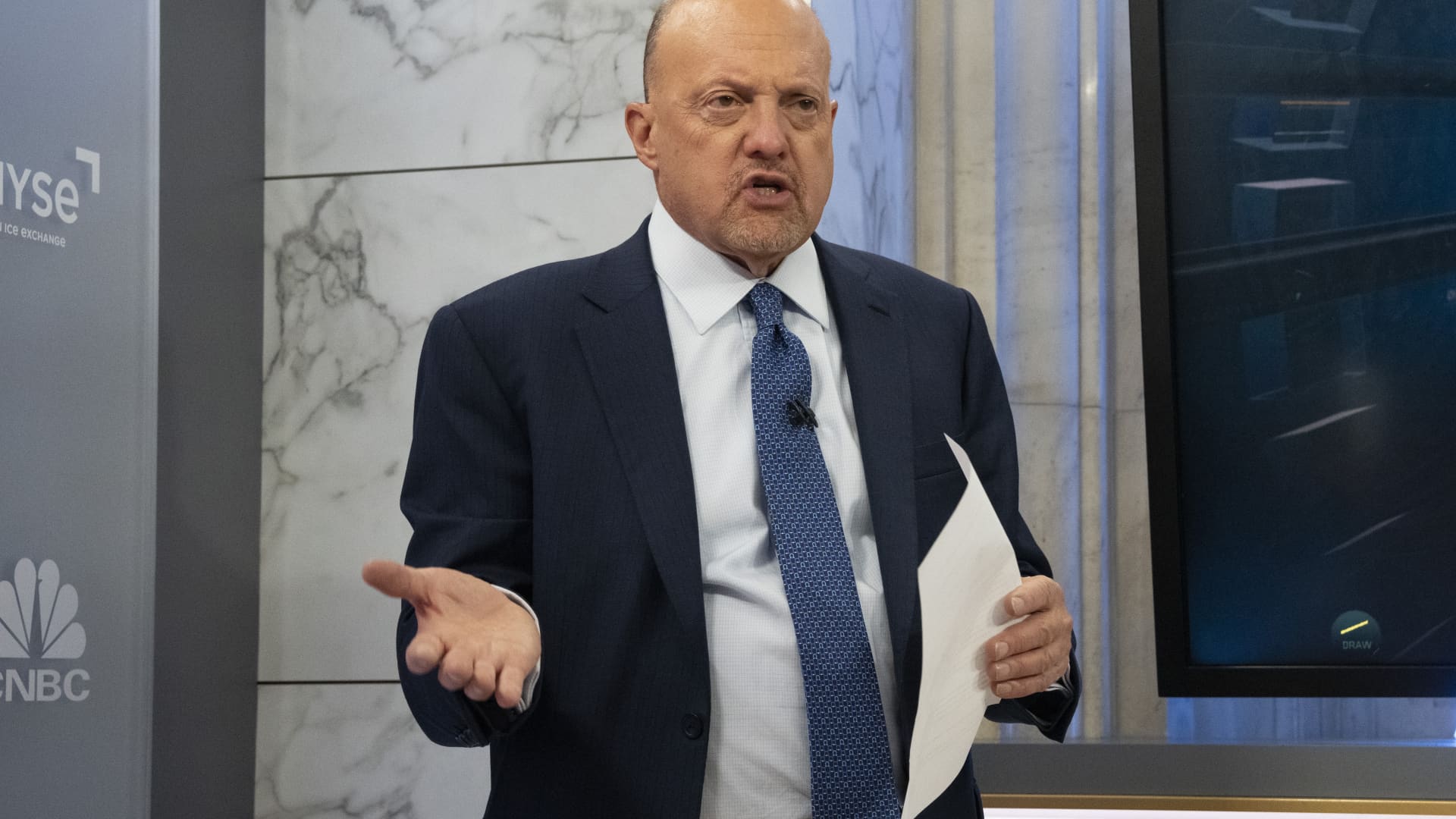The transformation of a landfill in Houston into the largest urban solar farm in the United States will be a testament to the power of renewable energy. For 50 years, the landfill has been empty and closed off to the public. It is located in the middle of Houston’s Sunnyside community, which is a historically Black neighborhood.
ABC13 News interviewed one longtime resident, Deatrice Cloud, who has lived for a century. Ms. Cloud moved to the Sunnyside area in 1951 when the roads were still unpaved and hardly anyone lived there. Sunnyside was home to a city-owned dump where residents were able to bring their garbage and dump it. This left the surrounding area with a disgusting odor and, for many years, frustrated the residents there. “You could smell it,” said Ms. Cloud.
The trip from the dumpsite to Ms. Cloud’s home is relatively short. It’s the same home she moved into over 70 years ago. The former dump is now overgrown with trees and part of the land was used to build a community center and park. The rest is a stark reminder of what it once was.
Earlier this year, Houston’s Mayor, Sylvester Turner, gave a statement about the project. “The Sunnyside landfill has been one of Houston’s biggest community challenges for decades, and I am proud we are one step closer to its transformation,” said Mayor Turner. “I thank the Sunnyside community because this project would not have come together without its support. This project is an example of how cities can work with the community to address long-standing environmental justice concerns holistically, create green jobs and generate renewable energy in the process.”
That statement followed the mayor’s and city council’s unanimous approval of a lease agreement with Sunnyside Energy, LLC to advance the Sunnyside Solar Project. It’s an example of how the city is working to find innovative, public-private solutions to address historic environmental justice concerns, climate change, and economic development in underserved communities, the official press release noted.
Lara Cottingham, the chief sustainability officer for the City of Houston, shared her thoughts about the landfill. “The landfill was fiercely debated for decades and it closed 50 years ago,” she said. Houston joined 13 other cities across the world in the C40 Reinventing Cities Competition in 2017. This competition challenged communities to identify underused parcels of land that could be transformed for redevelopment. Houston chose the Sunnyside landfill due to the difficulty in safely redeveloping the land. The city hoped to find a solution that would promote renewable energy and benefit the local climate.
The site, which is 240 acres, will soon be covered with solar panels and will transform into the largest urban solar farm in the United States, according to officials. The solar panels will create enough electricity for about 5,000 homes annually, offsetting 120 million pounds of carbon dioxide annually. Construction is slated to start later this year with plans to be in operation by 2022.
Dori Wolfe, Managing Director of Sunnyside Energy, LLC gave a statement about the project progressing.”We applaud the actions of Mayor Turner and the City Council in taking this significant step,” said Wolfe. “It is a strong vote of confidence for this impactful project. All members of the project team realize that this Sunnyside Solar facility will be an iconic statement in the rejuvenation of the community. We are grateful that Mayor Turner has given us his support.”
Details Of The Lease Agreement
The press release also shared some details of the lease agreement. The City of Houston will retain the ownership of the land but the tenant — Sunnyside Energy, LLC — will be responsible for permitting, construction, operation, and maintenance of the project. This is an estimated $70 million private investment for the community.
Since this project is part of Houston’s Complete Communities initiative, the project will have sustainability, resilience, and economic development components. These were requested by the community and will:
- Prevent potential future environmental hazards posed by the landfill.
- Provide power discounts for low-income residents in the neighborhood.
- Train and employ local labor.
- Store and filter stormwater on the tract to help reduce flooding.
- Include educational attributes at the restored site.
What Is Environmental Racism?
Environmental racism is something that many Black communities deal with often. The Washington Post recently published a piece on the topic and interviewed Ben Chavis, the leader of a revolt against the state of North Carolina for its decision to dump 40,000 cubic yards of soil that was contaminated with cancer-causing chemicals in a poor Black farming community in Warren County. In 1982, he was pulled over by a police officer who told him that his crime was that he was driving too slow, arrested Chavis, and put him in jail.
Systematic racism has often influenced where major sources of pollution are located within communities. During the days when Black people were considered less than human, white government planners often mapped out Black and Latino neighborhoods as “undesirable and unworthy” of housing loans.
The article noted also that heavy industry was permitted to build in those places, which led to the pollution of those areas — and many in these communities are still suffering from those long-ago decisions today. Look at St. James Parish here in Louisiana, for example. It’s a Black community that is fighting Formosa, which wants to come in and pollute the air at residents’ expense. In fact, Cancer Alley, as this portion of the state is called, has plants that are either in the middle or very close to the Black neighborhoods and communities of each town and city along the Mississippi River.
Black people are also nearly four times as likely to die from exposure to pollution than white people. A study by the Clean Air Task Force titled Fumes across The Fence-Line found that African Americans are exposed to 38% more polluted air than white Americans, and they are also 75% more likely to live in communities that border a plant or factory.
The Washington Post also pointed out that just last year during the pandemic, more than half of all in-hospital deaths from the start of the U.S. outbreak through July were of Black and Latino patients. I remember watching Governor Edwards giving a press conference about this as well. More than 70% of Louisiana’s residents who died from Covid-19 were African American, he said.
Solving Environmental Racism
The right way to fix this wrong is to bring in renewables, and Houston is doing this. I believe that many cities in the United States can learn from Houston’s partnership with Sunnyside Energy LLC and benefit their own communities.
We shouldn’t treat our fellow humans as if they are less due to the color of their skin — this is wrong. Renewables will help us, I think and hope, do better — by both our environment and fellow citizens of color.



